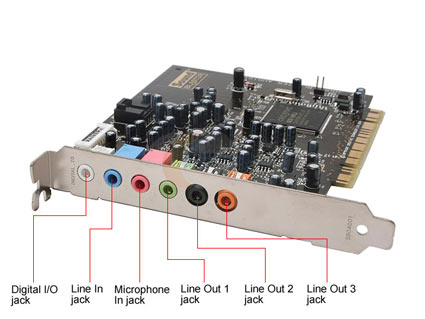Drivers X10 Sound Cards & Media Devices
-->
Windows provides global slider controls for altering DirectSound performance on a system-wide basis. The sliders control the level of hardware acceleration and quality of sample-rate conversion (SRC) that are made available to DirectSound applications. Changes made to the hardware-acceleration and SRC sliders are persistent across boot-ups.
The hardware-acceleration and SRC settings can be changed only by direct end-user action. No API is available for changing the hardware-acceleration or SRC setting from an application program. This behavior improves stability and prevents software from placing the audio system in a state from which it cannot be removed without rebooting.

These settings affect only DirectSound applications. Note that the waveOut API always uses the best SRC quality regardless of the setting of the DirectSound SRC slider. Also, in all current versions of Windows, waveOut applications are unable to use hardware-accelerated pins on audio devices and are unaffected by the setting of the DirectSound hardware-acceleration slider. For more information about the Windows multimedia waveOut API, see the Microsoft Windows SDK documentation.
To locate the DirectSound hardware-acceleration and SRC sliders in Windows, for example, follow these steps:
Creative has updated the drivers for many of their old audio cards for use in Windows 10. If you do have one, you can grab the latest Windows 10 drivers for old cards here, though they are still working on rolling out some of the updates. I’ve just updated my own Creative Sound Blaster X-Fi Extreme Audio card driver. Having an issue with your display, audio, or touchpad? Whether you're working on an Alienware, Inspiron, Latitude, or other Dell product, driver updates keep your device running at top performance. Step 1: Identify your product above. Step 2: Run the detect drivers scan to see available updates. Step 3: Choose which driver updates to install. Right-click the listing for your sound card or audio device, such as headphones or speakers, select Update driver, then select Search automatically for updated driver software. Follow the instructions to complete the update. If Windows doesn't find a new driver, look for one on the device manufacturer's website and follow those instructions.
In Control Panel, double-click the Sounds and Audio Devices icon (or just run mmsys.cpl).
On the Audio tab, select a device from the Sound Playback list.
Select the Advanced button.
Select the Performance tab.
At this point, you should see two sliders that are labeled Hardware acceleration and Sample rate conversion quality.
The hardware-acceleration slider has four settings that range from None (level 0) on the left to Full (level three) on the right. The following table shows the meaning of these settings.
| Acceleration Level | Setting Name | Description |
|---|---|---|
0 | Emulation | Forces emulation. |
1 | Basic | Disables hardware acceleration of DirectSound secondary buffers. |
2 | Standard | Enables hardware acceleration of DirectSound secondary buffers but disables vendor-specific property-set extensions. |
3 | Full | Enables hardware acceleration of DirectSound secondary buffers and enables vendor-specific property-set extensions. |
Emulation Setting
The Emulation setting above forces DirectSound into emulation mode. In this mode, DirectSound applications run as though no DirectSound driver is present. All mixing is done by DirectSound in user mode, and the resulting audio data is played back through the waveOut API. The result is typically a large increase in latency.
Basic Setting
The Basic setting disables hardware acceleration of DirectSound secondary buffers. Under this setting, all DirectSound applications run as though no hardware acceleration is available, regardless of the capabilities of the sound card that is being used. You can use this setting during testing to emulate a sound card that has no DirectSound acceleration. With an adapter such as the OPL, which has no acceleration of DirectSound secondary buffers, this setting has the same effect as the Standard setting. In Windows Server 2003, Basic is the default setting.
Standard Setting
The Standard setting enables hardware acceleration of DirectSound secondary buffers but disables vendor-specific extensions such as EAX (Creative Technologies' environmental audio extensions) that are exposed as property sets through the IKsPropertySet interface (see Exposing Custom Audio Property Sets). In Windows 2000, the Standard setting is selected by default.
Full Setting
The Full setting enables full acceleration of DirectSound secondary buffers. This setting also enables property sets for vendor-specific extensions that are exposed through the IKsPropertySet interface (see Exposing Custom Audio Property Sets). IKsPropertySet extensions include vendor-specific hardware enhancements such as EAX.
If the user adjusts either the hardware-acceleration or SRC setting to a value other than the default, DirectSound uses the new setting instead of the default.